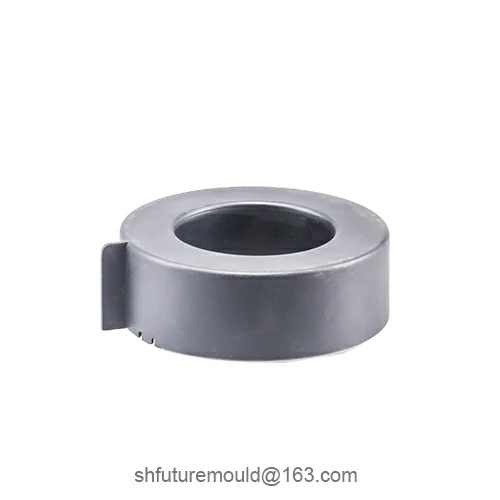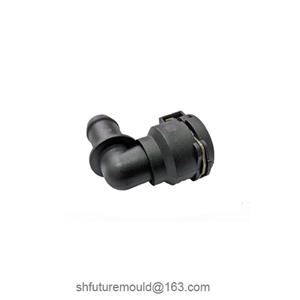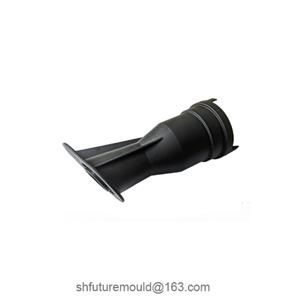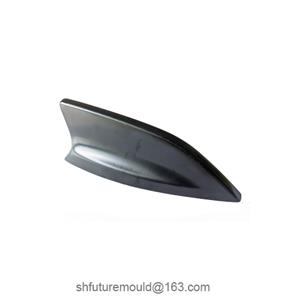The gas-assisted injection molding (GAIM)
Gas-Assisted Injection Molding (GAIM) is an advanced plastic processing technology that optimizes product structure, reduces material consumption, and improves molding quality by injecting high-pressure gas.
Stage 1: Plastic Melting and Injection
In the first stage, plastic pellets are melted in the heated barrel of the injection molding machine. The molten plastic is then injected into the mold cavity via a screw or plunger. Precise control of melt temperature, injection speed, and pressure is critical during this phase to ensure uniform cavity filling and prevent short shots or overfilling.
Stage 2: High-Pressure Gas Injection
After partial filling of the mold cavity with plastic, high-pressure gas (typically nitrogen) is injected into the molten plastic through dedicated gas channels. The gas pushes the uncooled plastic toward the mold edges, forming hollow structures. Precise regulation of gas pressure and flow rate is essential to achieve uniform wall thickness while preventing material rupture or warpage.
Stage 3: Gas Pressure Maintenance and Compensation
Following gas injection, pressure must be maintained to counteract shrinkage caused by plastic cooling. This phase minimizes internal stress and ensures dimensional stability. As gas may leak during cooling, supplemental gas is injected to maintain consistent internal pressure.
Stage 4: Cooling and Solidification
After gas-assisted shaping, the plastic undergoes controlled cooling to achieve final strength and dimensional stability. Cooling duration depends on material type, product thickness, and system efficiency. Optimized cooling design enhances production efficiency and reduces defects like sink marks or warpages.
Stage 5: Gas Venting and Release
Once the plastic has fully solidified, the gas is released and expelled through dedicated vents. Gradual gas venting is crucial to avoid structural damage to the product. Pressure recovery systems may be employed to minimize gas waste and lower production costs.
Stage 6: Demolding and Product Ejection
After gas release, the mold opens, and the finished product is removed using robotic arms or extraction devices. Proper mold design ensures smooth demolding without surface scratches or deformation. Quality inspection is conducted at this stage to verify compliance with design specifications.
- Injection Mold
- Automotive Injection Mold
- Electronics & Electrical Injection Mold
- Consumer Goods Injection Mold
- Airplane Components Injection Mold
- Medical Components Injection Mold
- Irrigation Components Injection Mold
- Injection Molds




